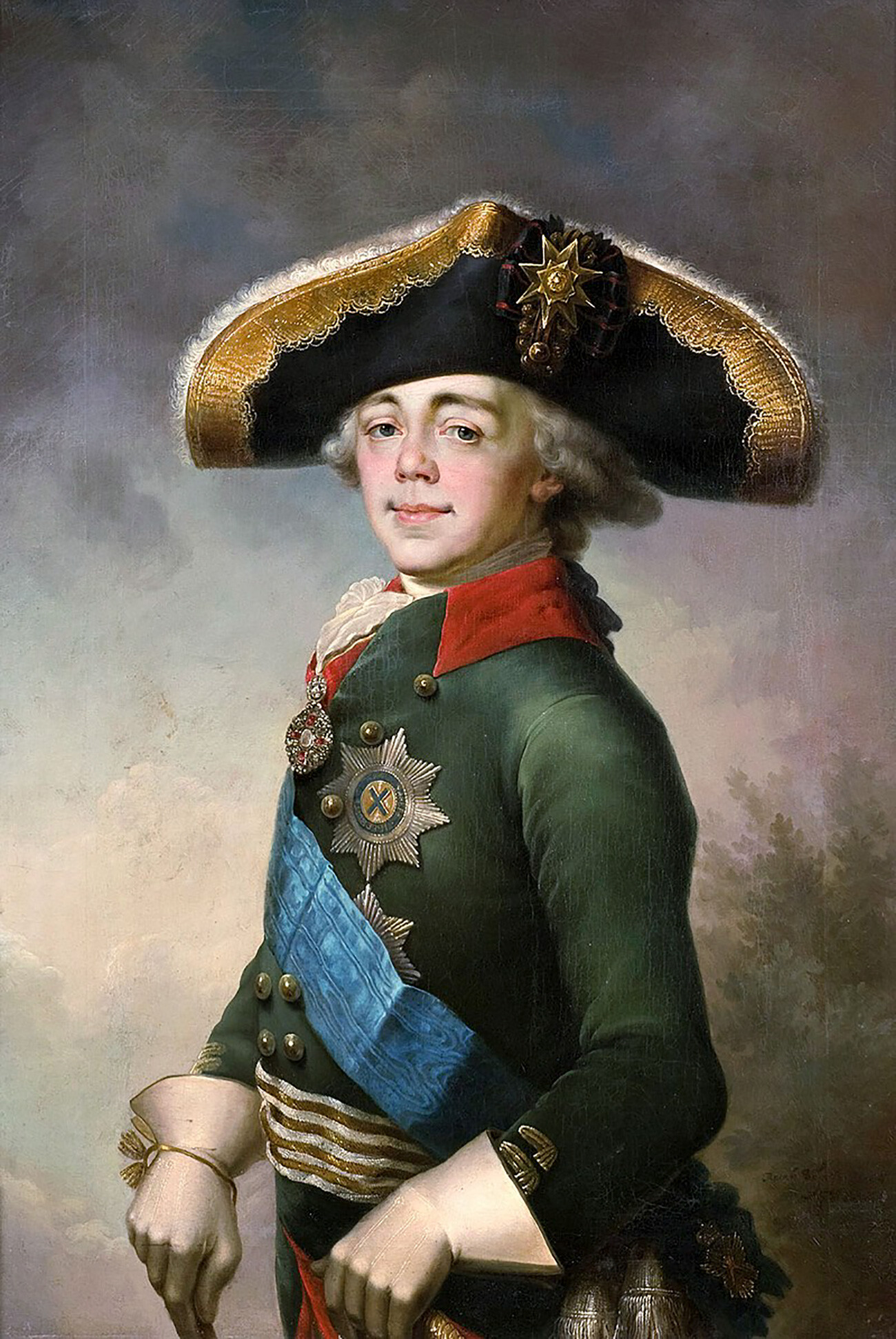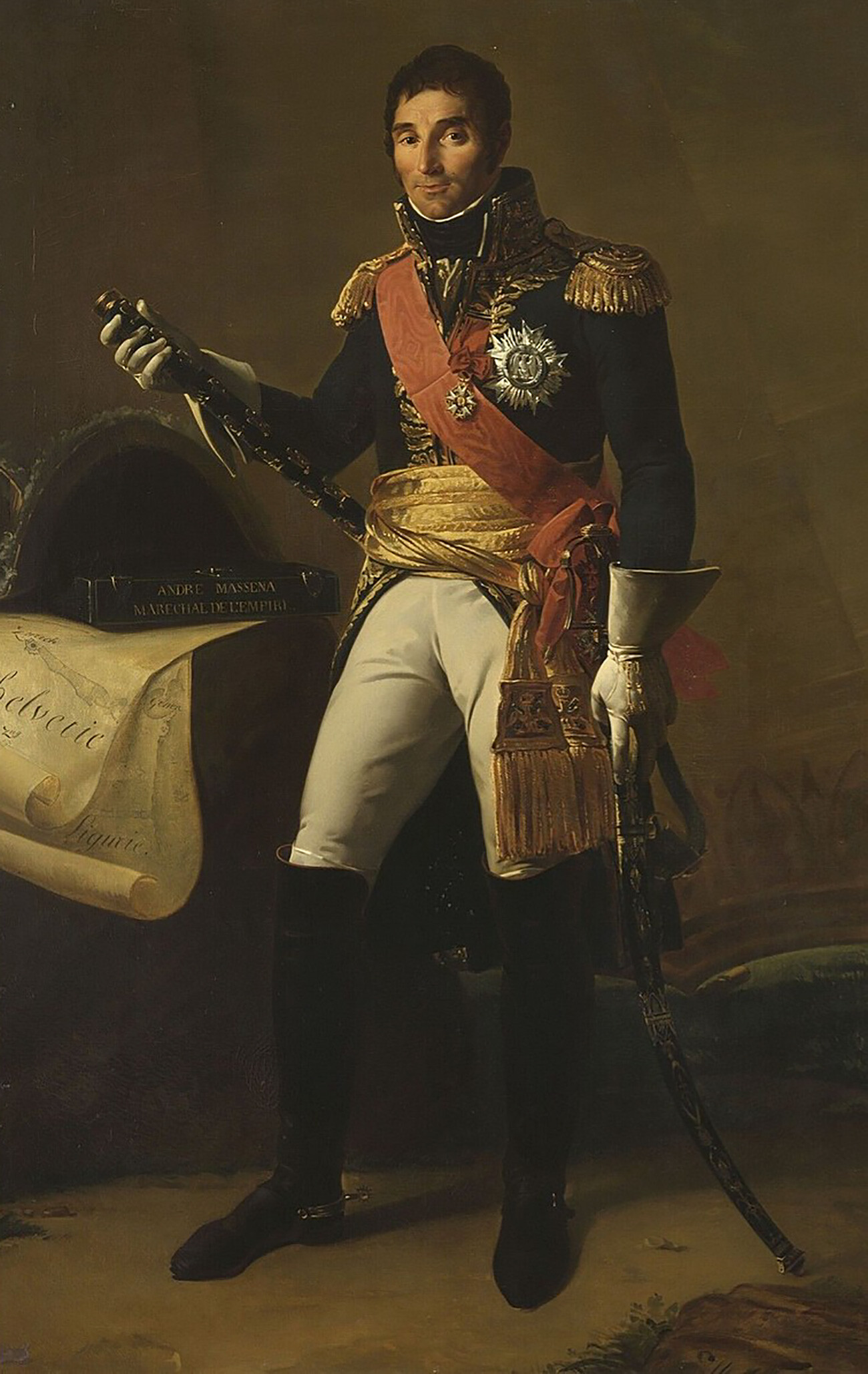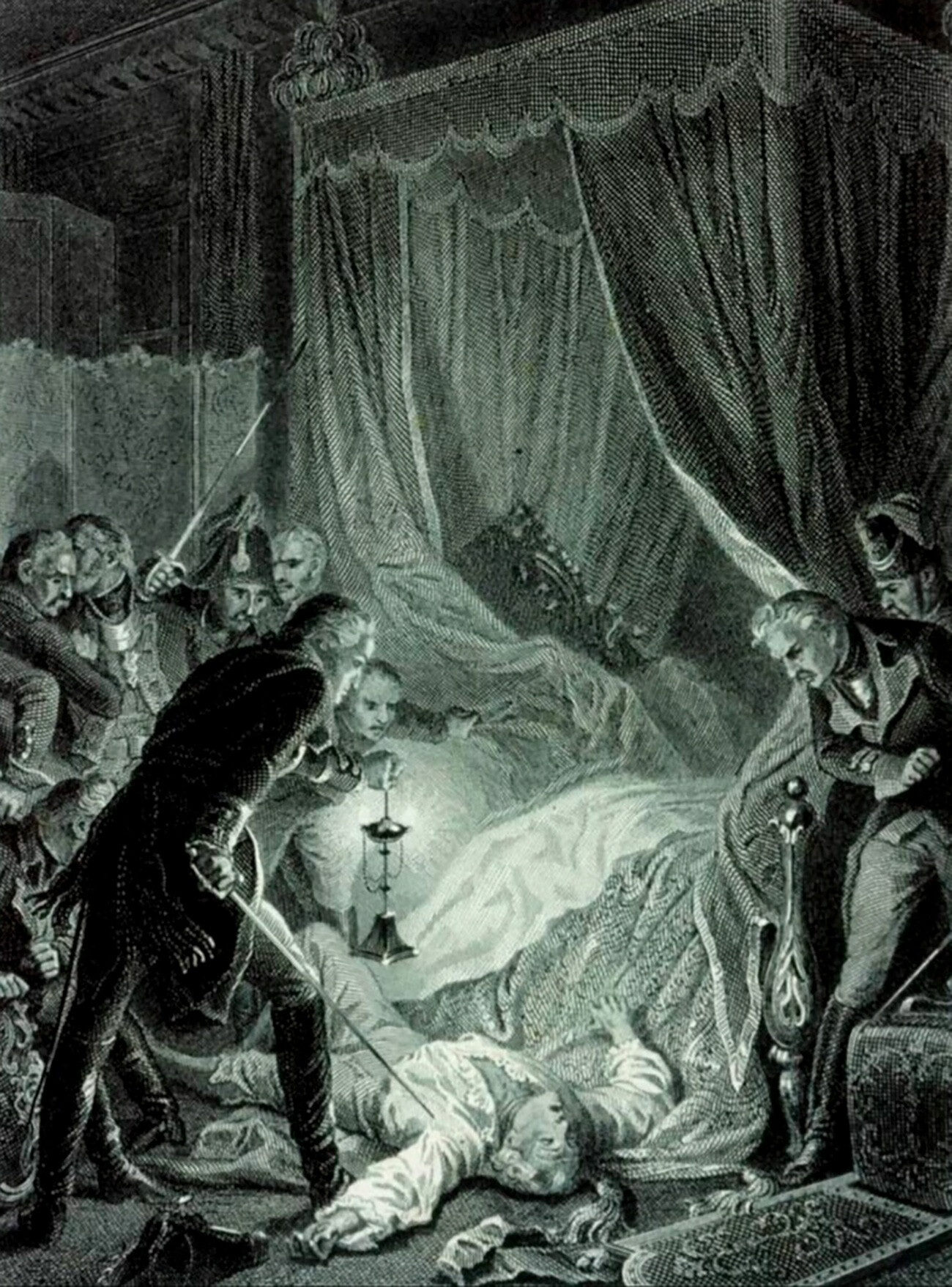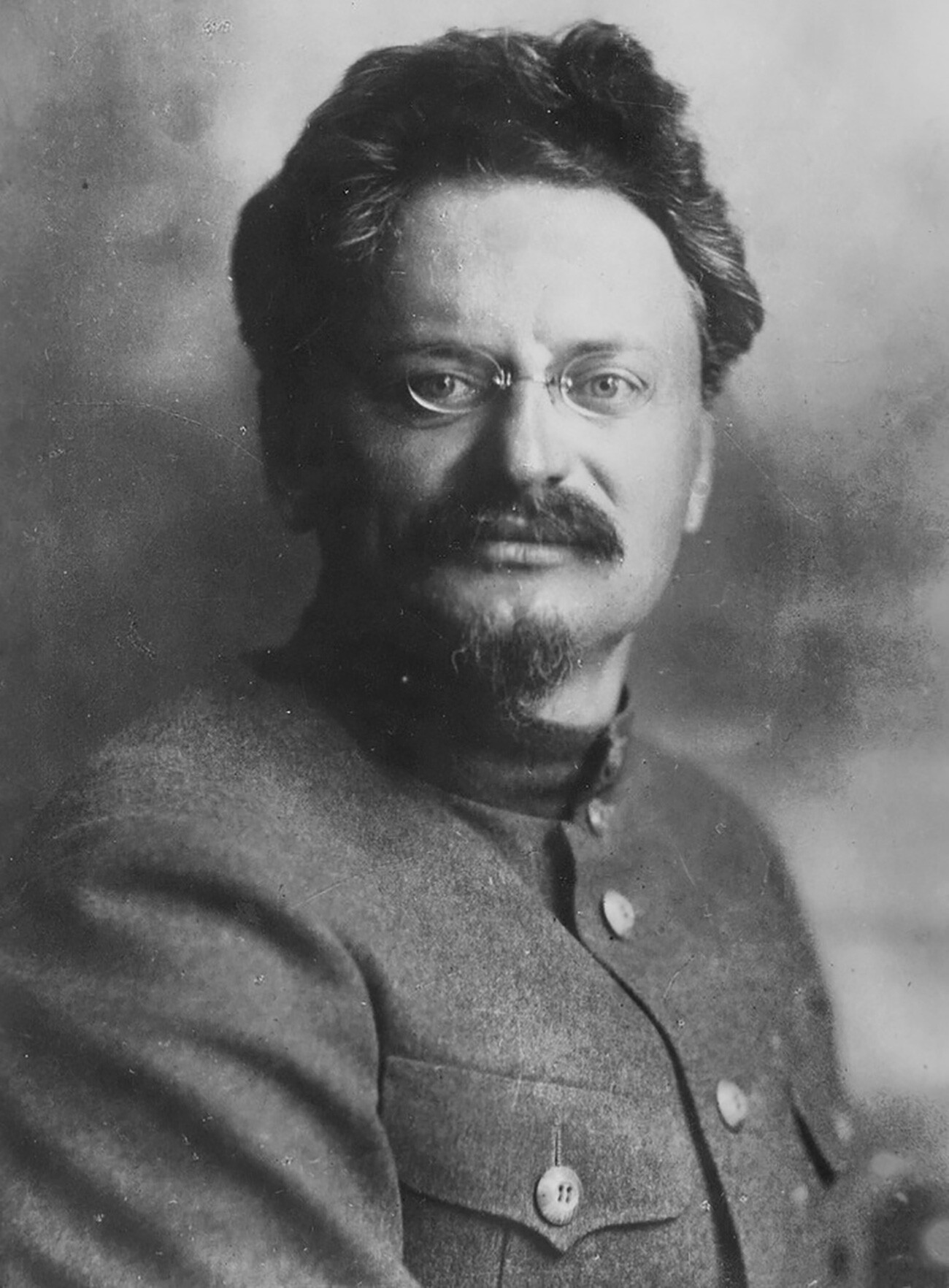
“The Pearl of the British Crown” is what the British called India. It was largely thanks to its wealth that Great Britain gained power and a leading position in the world.
Many powers dreamed of depriving London of its colonies on the Indian subcontinent. Russia was thinking about it, too.
In February 1801, 22,000 Cossacks led by Ataman Matvey Platov advanced from the Don steppes in the direction of India. It was assumed that the march of the Cossacks would be the first stage of a large-scale Russian-French invasion of the region.
The plan of attack was proposed to Russian Emperor Paul I by the First Consul of the French Republic, Napoleon Bonaparte. Until recently, they had been enemies and Russian troops were fighting against the French in Europe.

Paul I of Russia.
Public DomainAt some point, Paul became disillusioned with his English allies, no longer saw the point in confronting France and the capture of Malta by the English in 1800 completely enraged the autocrat. After all, since 1798, he had been a Grand Master of the Order of Malta.
The parties agreed on joint actions against Great Britain – the main, in their opinion, source of intrigue and unrest in Europe. "With your master, we will change the face of the world!" Napoleon told the Russian envoy in Paris.
A 35,000-strong French contingent with light artillery was to reach Astrakhan and join up with an equal-sized Russian army (15,000 infantry, 10,000 cavalry, and 10,000 Cossacks).
The combined Russian-French forces from Astrakhan were supposed to be transported across the Caspian Sea to Persian Astrabad (modern Gorgan). Then, the allied troops would march to Afghan Herat, Ferah and Kandahar and enter the territory of modern Pakistan.
In addition to the 70,000-strong Russian-French army, the Russian Far Eastern flotilla and a separate detachment of Cossacks, which was the only one of the entire army that managed to advance towards India, were to take part in the campaign.

A French military commander Andre Massena.
Public DomainPaul I proposed the candidacy of the French general (since 1804, Marshal) Andre Massena for the post of expedition commander.
Contrary to popular belief, the Cossack campaign was not a spontaneous decision by the emperor. The troops were prepared long and carefully and Russian diplomacy took care to establish friendly relations with the rulers of the Central Asian region, where the Cossacks were supposed to pass.
At the start of the Indian campaign, British possessions in India were by no means strong. The East India Company, which was developing the region, controlled only the eastern and southern territories of the peninsula and its troops did not exceed 20,000 people.
If the campaign went well, the Cossacks could reach the Sikh state and the huge Maratha Empire, which opposed British expansionism. They could take a benevolent-neutral position towards the new player in India, if not an ally.
It was assumed that after the crushing of the East India Company, the French would gain a foothold in the southern part of the peninsula and the Russians in the north. However, all plans were dashed by the assassination of Paul on March 23, 1801, as a result of a conspiracy, in which Great Britain played an active role. Alexander I, who ascended the throne, recalled the Cossacks and restored the alliance with Great Britain.

The murder of Tsar Paul I of Russia.
Public DomainNapoleon reacted furiously to the death of his Russian ally: “They missed me on the third of Nivôse (referring to the assassination attempt on December 24, 1800, according to the French revolutionary calendar, in which the British were suspected), but they hit me in St. Petersburg.”
The next time a military campaign in India was discussed in Russia was in 1919. Leon Trotsky and military leader Mikhail Frunze proposed to strike at “English imperialism” in Asia.
The Bolsheviks dreamed of “igniting the fire of world revolution”. But, things were going badly for them in Europe. Revolutionary movements there were quickly and brutally suppressed and the war against Poland was going extremely unsuccessfully for the Red Army at that time. The East was another matter.
“There is no doubt that, on the Asian fields of world politics, our Red Army is an incomparably more significant force than on the European fields,” Trotsky asserted. “The road to India may turn out to be shorter for us at the moment than the road to Soviet Hungary.”

Leon Trotsky.
Public DomainFrunze and Trotsky planned to send a cavalry corps 40,000 sabres to help the “Indian revolution” and to establish a “revolutionary academy, a political and military headquarters for the Asian revolution” somewhere in the Urals or Turkestan (Central Asia).
These plans, however, were not destined to come true. In the Fall of 1919, their White opponents launched a decisive offensive on all fronts and the Bolsheviks no longer had time for India.
Dear readers,
Our website and social media accounts are under threat of being restricted or banned, due to the current circumstances. So, to keep up with our latest content, simply do the following:
If using any of Russia Beyond's content, partly or in full, always provide an active hyperlink to the original material.
Subscribe
to our newsletter!
Get the week's best stories straight to your inbox